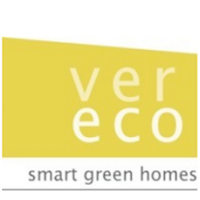Podcast: Play in new window | Download | Embed
Saskatchewan is right in the middle of Canada and is one of the coldest places where a large number of people live. Through his company, Vereco Homes, Ronn Lepage produces smart, green and beautiful homes. If it can be done in this harsh environment, surely it can be done wherever you live.
Vereco Home Values
I like any building company that not only has values, they’re proud of them, live and operate by them and share them…
- COMMITMENT TO THE ENVIRONMENT
- SERVICE EXCELLENCE
- INTEGRITY
- RELIABILITY
- RESPECT
- INNOVATION
- PARTNERSHIP
- FUN
- FEES

Leave a Reply